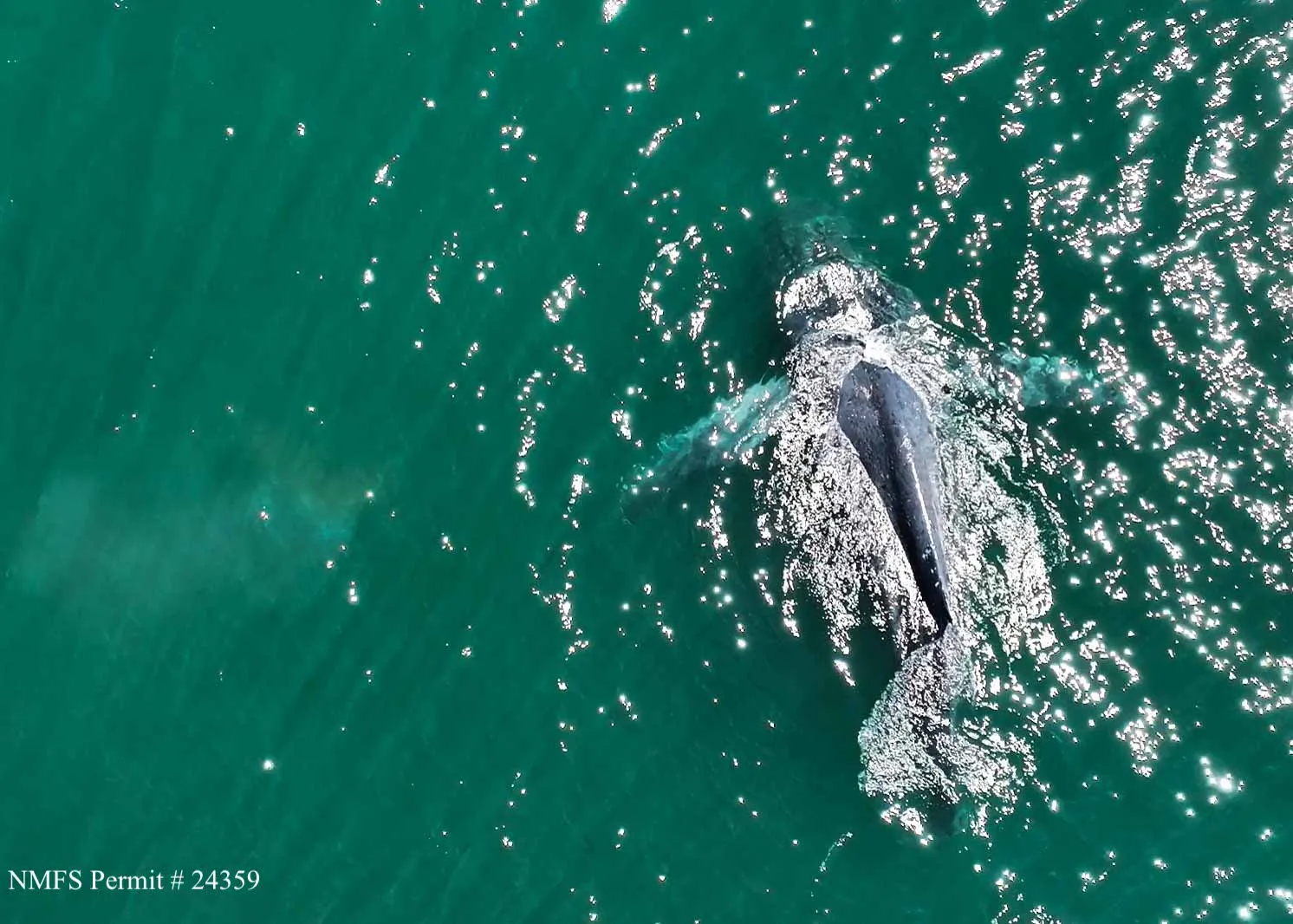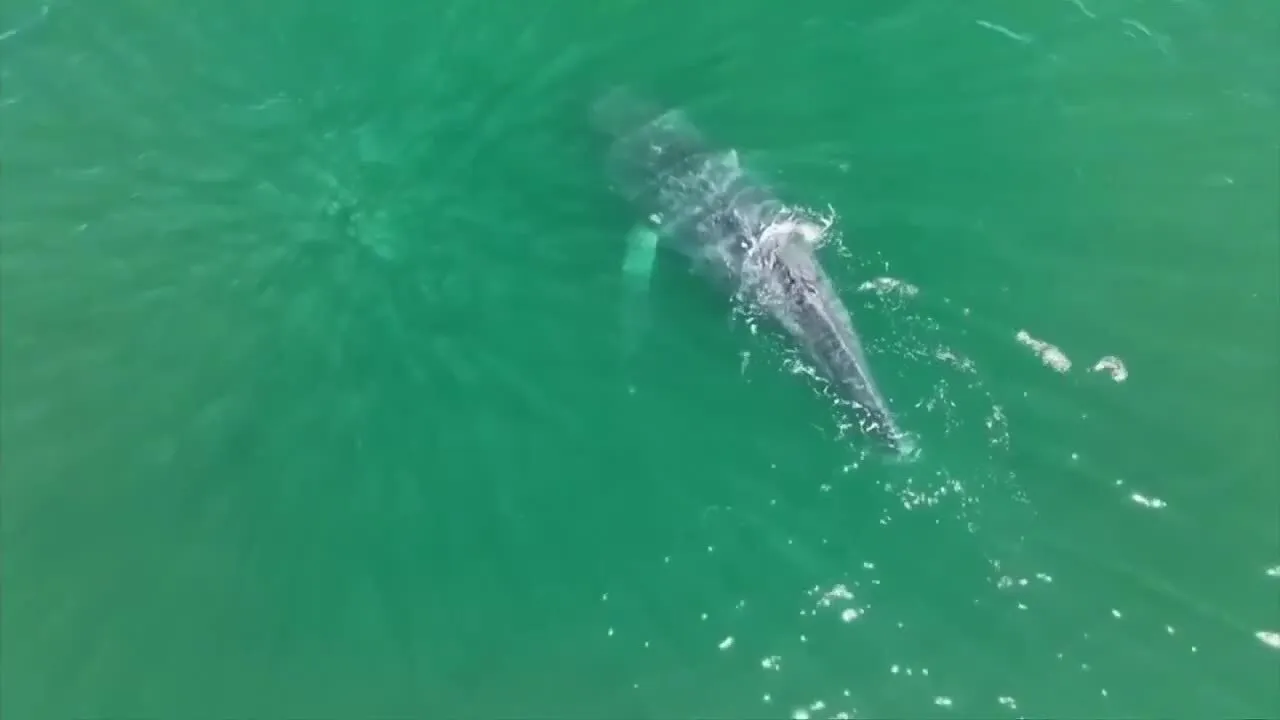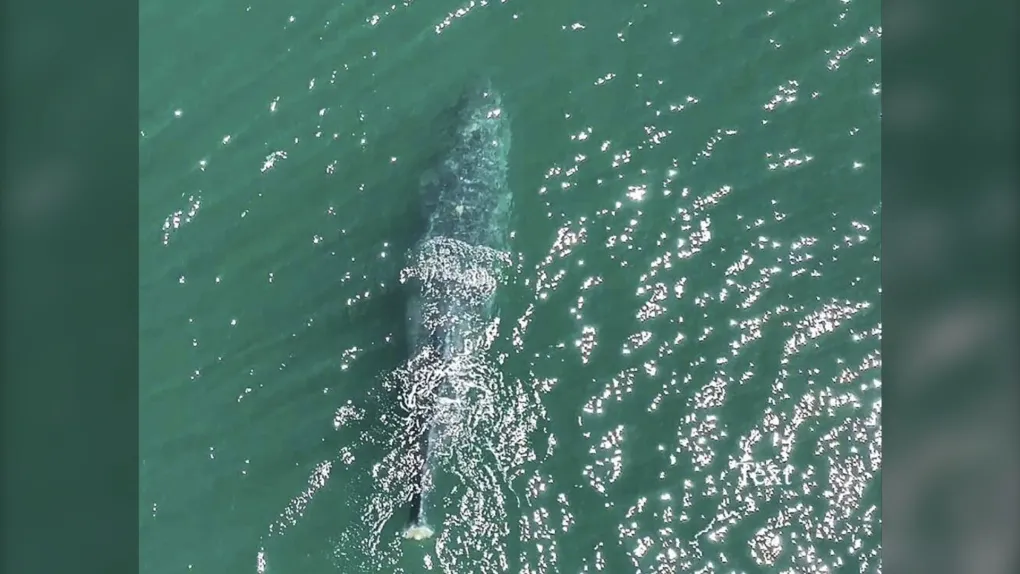
A humpback whale in Washington state lost its tail. One expert called the scene ‘heartbreaking
A humpback whale in Washington state has lost its iconic tail fluke, a tragic sight that one expert has described as “heartbreaking.” The whale, spotted in the inland waters of Washington, likely lost its tail after becoming entangled in fishing lines or other marine gear, according to specialists. The tail fluke, crucial for propulsion, is vital for the whale’s survival, making this injury a near-certain death sentence for the animal. The whale was last seen in late July.

Jessica Farrer, the Research Director at the Whale Museum on San Juan Island, Washington, was one of the first to respond to the sighting on July 23 near a nearby island. The museum, which plays a crucial role in responding to reports of stranded or distressed marine mammals, also educates boaters on best practices for whale watching. Although Farrer has seen injured humpback whales before, this particular encounter was unlike anything she had ever witnessed. She described the scene as “heartbreaking.”
The whale was sighted in the maze of inland waters between Washington state and British Columbia, known as the Salish Sea. Since that day, there have been no additional sightings of the whale.

“People are moved when they see a humpback whale dive, revealing those massive flukes that can stretch over 15 feet (4.6 meters), and here was this whale, missing that defining feature. It’s like losing our legs,” Farrer said. Experts who reviewed photos and videos of the whale concluded that the fluke was most likely lost due to entanglement in some kind of net, although the exact cause remains unknown.
According to NOAA Fisheries, one of the significant dangers humpback whales face is entanglement in fishing gear, such as anchor lines, pots, and nets. Other threats include vessel strikes, harassment, and the potential impacts of climate change on their food supply.
Evidence suggests that most humpback whales get entangled in nets at some point, but they can often free themselves, NOAA Fisheries reports. The exact number of whale deaths caused by entanglement remains unclear. Last year, NOAA Fisheries confirmed 16 humpback whale entanglements off the coasts of Washington, Oregon, and California.
Justin Viezbicke, a stranded whale response coordinator with NOAA Fisheries in California, noted that humpback whales without flukes are occasionally seen along the West Coast—perhaps once or twice a year, though such incidents may occur more frequently than reported.
Recently, rescuers off Southern California freed a humpback whale that had become entangled in fishing nets cutting deeply into its fluke. Earlier this year, responders also freed a humpback whale entangled in fishing nets in a busy area near Dutch Harbor, Alaska. NOAA Fisheries described the whale as “essentially tied up,” anchored in place by the lines before being cut free.
John Calambokidis, a marine biologist at Cascadia Research Collective, noted that the tragedy of entanglements is not just that the animals die but also the manner in which they perish, often slowly and painfully.
He believes the actual number of incidents is likely much higher than reported.

In recent years, efforts have increased to reduce entanglements. For example, California has implemented changes in the management of its commercial Dungeness crab fishery to help protect whales from becoming entangled.
Calambokidis also noted that the humpback whale population along the U.S. West Coast is growing and generally thriving.
This contrasts with the situation on the East Coast, where entanglements pose a significant threat to North Atlantic right whales. NOAA Fisheries has listed the North Atlantic right whale as one of the world’s most endangered large whale species, with entanglement being one of the biggest threats to its survival.



